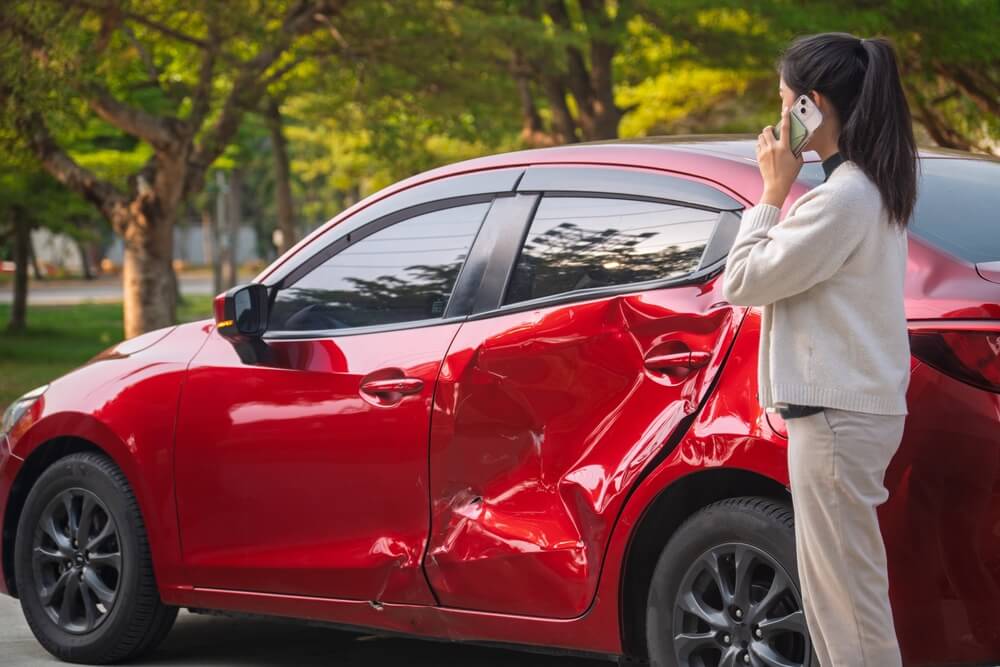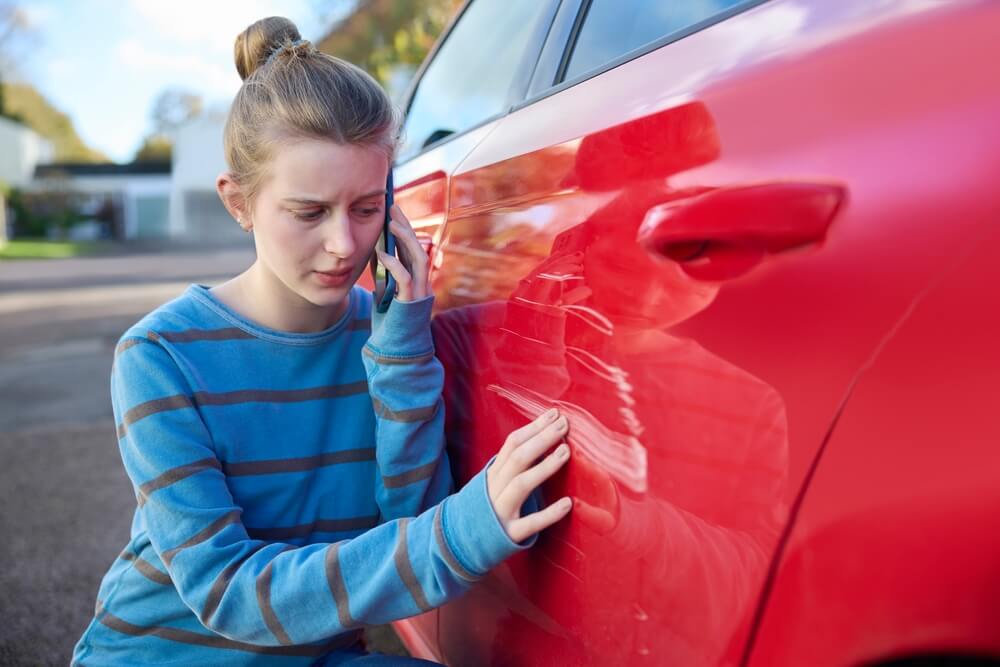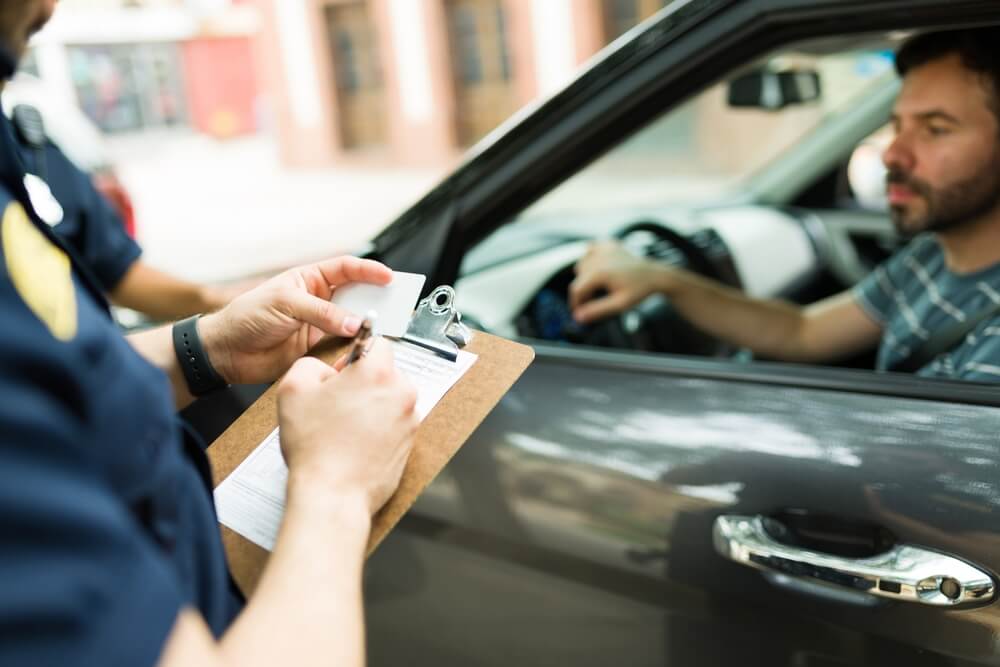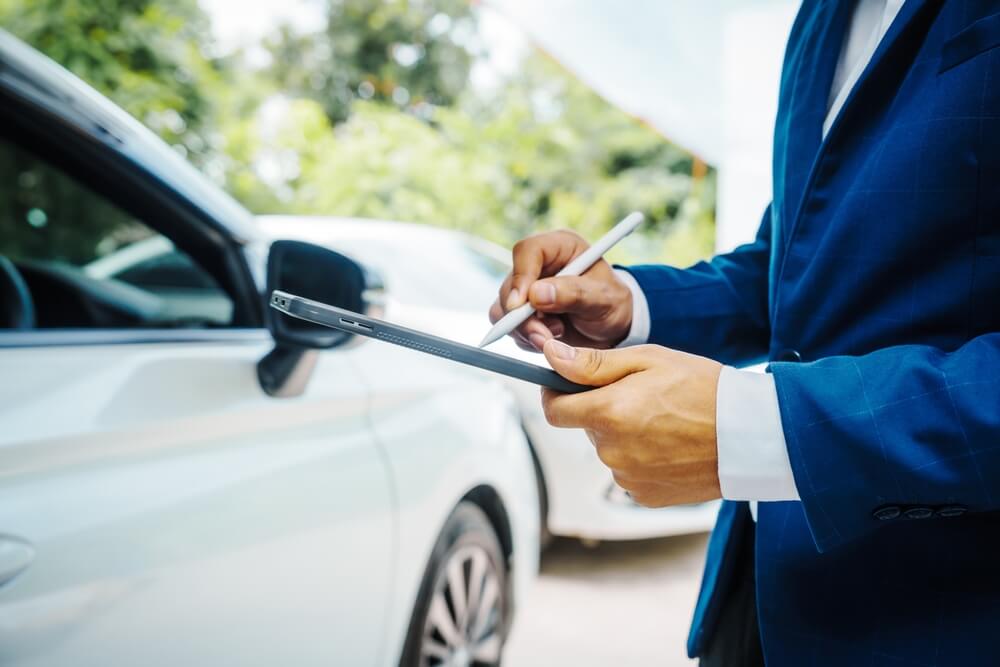
If you are not redirected within 30 seconds, please click here to continue.
Samedi: 10h – 16h HAE

If you are not redirected within 30 seconds, please click here to continue.
If you are not redirected within 30 seconds, please click here to continue.
How the trade war could drive up auto thefts and insurance costs
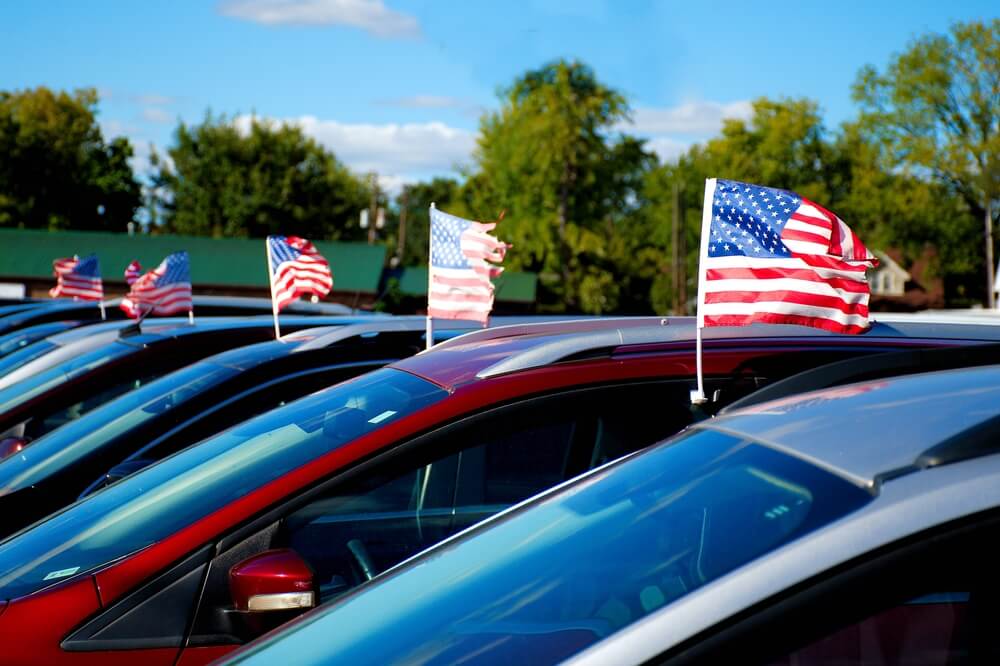
If one day soon you find your car or truck mysteriously missing from its usual parking spot, Donald Trump could be partially to blame.
No, the U.S. president won’t be annexing your vehicle. But the Trump-instigated trade war may be incentivizing organized criminals to boost their efforts in car and auto parts theft — which would put Canadians at greater risk of losing their vehicles, unknowingly purchasing stolen vehicles or parts, and, at the very least, paying more for auto insurance.
Adding insult to injury, these risks come just as Canada’s auto theft rate has finally started coming down from a multi-year streak of double-digit increases. Still, private passenger vehicles continue to be stolen in large numbers.
According to Équité Association, which combats insurance fraud and crime on behalf of the Canadian insurance industry, thieves nicked more than 57,000 cars, trucks, SUVs and passenger vans in 2024 — about one every nine minutes. That should be reason enough for vehicle owners to stay vigilant. A trade war only raises the stakes.
There’s more money to be made in car theft during a trade war
In the past few years, police agencies have identified auto theft as a significant and rapidly growing revenue source for organized crime rings, enabling them to carry out even more nefarious activities, including drug trafficking and human smuggling.
The profits can be substantial. This is especially true of high-end stolen vehicles that are shipped abroad. According to Bryan Gast, Équité Association’s national vice-president of investigative services, a $100,000 SUV stolen in Canada can be sold overseas for US$150,000. No wonder organized crime is believed to be responsible for about 40 percent of all automobile theft in Canada.
>>Are you driving one of Canada’s 10 most stolen vehicles?<<
In a trade war between major auto and parts-producing nations such as Canada, the U.S. and China, price and supply disruptions are likely to create conditions that make organized auto theft even more profitable.
In April, the U.S. government imposed a 25% import tax on finished vehicles and many auto parts made outside the country. Ottawa responded with a reciprocal 25 per cent tariff on finished vehicles made in the U.S.
In June, Trump introduced a 50 per cent tariff on imports of Canadian steel and aluminum — double the 25 per cent tariff he had announced in March, which continues to apply to other countries. Some of that steel and aluminum will be incorporated into U.S.-made cars destined for the Canadian market.
Although the tariff situation remains fluid, one thing is unlikely to change: Cars could cost a lot more, because importers typically recover most or all the tariffs they pay by raising prices.
While the exact long-term impact of tariffs on car prices has yet to be seen, JD Power's latest estimate puts it at $2,000 per car on average (though this is down from $6,000 a couple of months ago).
As a result, car thieves could stand to fetch a larger return from stolen goods.
“They’re opportunists — they look wherever there’s a chance to make money,” says Gast.
This isn’t the first time that car thieves have taken advantage of major economic disruptions.
During the COVID-19 pandemic, auto manufacturing stalled and dealer lots stood empty. When lockdowns eased, pent-up demand for new and used vehicles collided with a severely limited supply. Prices soared and supply chains remained strained. Criminal organizations seized the opportunity, fuelling a surge in auto theft across the country.
According to Statistics Canada, nearly 115,000 vehicles of all kinds were reported stolen in 2023 — an increase of almost 38 per cent from 2021. For comparison, the largest two-year increase in the preceding decade was under nine per cent.
Related: Thefts drive up insurance premiums by 25% on most stolen vehicles
Could your new used car be stolen?
Gast says law enforcement crackdowns in recent years have “made a significant dent in the criminals’ ability to steal and export vehicles with the relative ease that they had enjoyed prior to that.”
In all of 2024, Canada Border Services Agency seized a record 2,277 stolen vehicles. As of July 2, 2025, CBSA had intercepted just 788 this year.
Still, a large percentage of cars stolen by organized crime in Canada stay in the country, either put back up for resale or stripped for parts.
Re-vinning is the practice of disguising a stolen vehicle by replacing its vehicle identification number (VIN) with one copied from a legitimate vehicle. These re-vinned cars are often sold by criminals posing as legitimate private sellers, known as curbsiders.
Stripping vehicles for parts typically occurs in illegal operations known as chop shops, which may be housed in disused warehouses or unassuming salvage yards. The parts are then sold to a range of buyers, including unsuspecting individuals and unscrupulous auto repair shops.
Both of those practices pose risks to anyone looking to buy a used car or get a deal on parts. “If [the seller] is asking you to pay cash or meet in a public parking lot [rather than at their residence or business] or they won't provide their names, those are all red flags,” Gast warns. “Always report your suspicions to law enforcement.”
Read more: Don't get scammed: How to avoid buying a flood-damaged car
Auto theft affects all car owners, not just immediate victims
Given Canada’s high rate of vehicle theft and declining recovery rate, experts say drivers shouldn’t wait for another salvo in the tariff war before acting.
Équité Association recommends a layered approach to vehicle protection, with each step adding difficulty for thieves and improving the odds of recovery.
The first layer includes basic precautions: park in a garage or well-lit area with security cameras, and never leave a running vehicle unattended. Advanced layers include immobilizers that allow remote engine shutdown, and GPS tracking tags that aid in vehicle recovery.
“Not that any one of these will prevent the vehicle from truly being stolen, but it does slow down the criminal,” says Gast. “It’s one more thing that they have to defeat.”
He adds that basic security measures also protect against the theft of individual parts like wheels and catalytic converters, which are typically stripped from the car wherever it’s parked.
Not only will these protective measures reduce the risk of your car being stolen, but they could also save you money on insurance. Insurance broker and Rates.ca expert Daniel Ivans notes that some insurers apply an annual surcharge of up to $1,500 on policies covering the most frequently stolen vehicles, particularly high-end models that are likely to be shipped overseas and never recovered.
“You can wipe that $1,500 surcharge off your policy if you take the right preventative measures — which, in most cases, means aftermarket engine immobilizers, two-factor authentication systems or the Tag anti-theft system, which makes vehicles a lot easier to track,” says Ivans. “They’re all heavily advocated for by insurers as a means of protecting consumers.”
Related: What auto theft prevention devices should you use?
The true cost of a stolen vehicle
Having your car stolen can be devastating — and not only to your wallet. Sure, someone with theft coverage and access to a temporary replacement vehicle can chalk it up to a relatively minor inconvenience, costing them the $1,000 deductible and losing the favourite travel mug they’d left in the centre console.
But victims without theft coverage are left to deal with any outstanding loan payments as well as the cost of a replacement — assuming they can afford one. Then there’s the challenge of getting to work, medical appointments or their children’s activities, which can be particularly difficult or expensive for rural Canadians.
“I think that’s what consumers want to be thinking about, where insurers, in a lot of cases, are really advocating for consumers to protect themselves — because they’ve seen what this kind of loss looks like,” says Ivans. “They’ve interacted with consumers, and objectively, it would be a great thing to help other consumers avoid, because it can be heartbreaking to go through something like that.”
Don't waste time calling around for auto insurance
Use Rates.ca to shop around, and compare multiple quotes at the same time.
Get money-saving tips in your inbox.
Stay on top of personal finance tips from our money experts!



